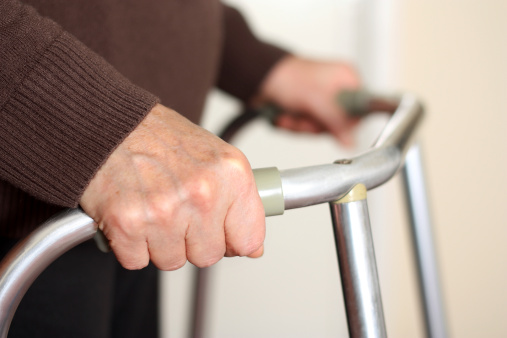
Working age adults with disabilities who don’t get any aerobic physical activity are 50 percent more likely than active adults with disabilities to have a chronic disease such as cancer, diabetes, stroke, or heart disease, according to a new report from the Centers for Disease Control and Prevention.
Nearly half (47 percent) of adults with disabilities who are able to do aerobic physical activity do not, according to the report, and an additional 22 percent do not get enough. Significantly, only about 44 percent of adults with disabilities who saw a doctor in the past year got a recommendation for physical activity.
“Physical activity is the closest thing we have to a wonder drug,” says CDC Director Tom Frieden, M.D., M.P.H. “Unfortunately; many adults with disabilities don’t get regular physical activity. That can change if doctors and other health care providers take a more active role helping their patients with disabilities develop a physical fitness plan that’s right for them.”
Most adults with disabilities are able to participate in some aerobic physical activity, according to Dr. Frieden. Some of the benefits for anyone from regular aerobic physical activity include increased heart and lung function; better performance in daily living activities; greater independence; decreased chances of developing chronic diseases; and improved mental health.
To determine its numbers on disabilities and exercise, CDC researchers analyzed data from the 2009-2012 National Health Interview Survey for U.S. adults ages 18-64 years with disabilities, by disability status and type. Key findings include:
- Working age adults with disabilities are three times more likely to have heart disease, stroke, diabetes or cancer than adults without disabilities.
- Inactive adults with disabilities were 50 percent more likely to report at least one chronic disease than were active adults with disabilities.
- Adults with disabilities were 82 percent more likely to be physically active if their doctor recommended it.
The Physical Activity Guidelines for Americans recommend that all adults, including those with disabilities, get at least 150 minutes (2.5 hours) of moderate intensity aerobic physical activity each week. If meeting these guidelines is not possible, adults with disabilities should start physical activity slowly based on their abilities and fitness level.
According to the CDC, barriers to health professionals recommending exercise to people with disabilities include having limited information about accessible facilities and programs; physical barriers in the built or natural environment; physical or emotional barriers to participating in fitness and recreation activities, and lack of training in accessibility and communication among fitness and recreation professionals.
“It is essential that we bring together adults with disabilities, health professionals and community leaders to address resource needs to increase physical activity for people with disabilities,” said Coleen Boyle, Ph.D., M.S. director of CDC’s National Center on Birth Defects and Developmental Disabilities.
CDC has developed a resource page for health professionals on information to help connect adults with disabilities to physical fitness opportunities.





